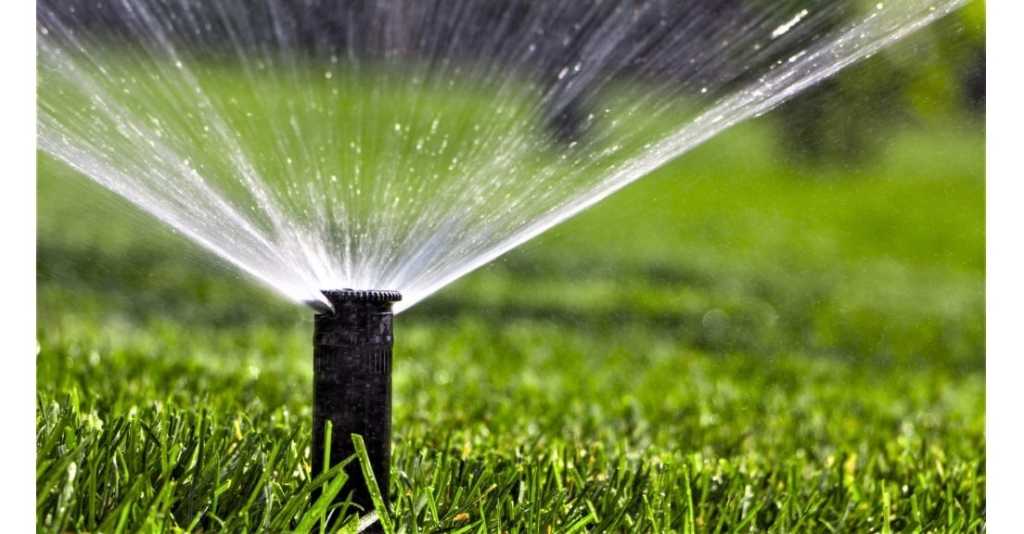Irrigation Activation
By Nick Linden - May 3, 2024
As the weather warms up and the growing season approaches, ensuring proper hydration for your lawn becomes essential. Irrigation activation marks the beginning of regular watering routines, providing your lawn with the moisture it needs to thrive during the coming months. In this blog post, we’ll delve into the significance of irrigation activation and share tips for optimizing your watering schedule to promote a lush, healthy lawn.
Understanding Irrigation Activation: irrigation activation refers to the process of turning on and configuring your irrigation system after a period of dormancy, typically during the winter months or periods of low rainfall. This step is crucial for jumpstarting your lawn’s growth and ensuring it receives adequate moisture to support healthy development.
Benefits of Timely Irrigation Activation:
- Promotes healthy growth. Regular watering encourages deep root development, leading to stronger, more resilient grass plants that can better withstand stressors such as heat and drought.
- Prevents stress and damage. Adequate moisture levels help prevent wilting, browning, and other signs of stress caused by dehydration, ensuring your lawn remains vibrant and green throughout the season.
- Enhances nutrient absorption. Proper hydration facilitates nutrient uptake from the soil, allowing grass plants to access essential nutrients for optimal growth and vitality.
- Supports weed and disease resistance. A well-hydrated lawn is better equipped to compete with weeds and resist disease, as healthy grass plants can outcompete invasive species and maintain their natural defenses.
- Contributes to water conservation. By scheduling irrigation activation strategically and adjusting watering frequency based on weather conditions, you can minimize water waste and promote efficient water use in your landscape.
Tips for Effective Irrigation Activation
- Inspect and maintain your irrigation system. Before activating your irrigation system, inspect it for any leaks, clogs, or damaged components. Clean or replace clogged nozzles, adjust sprinkler heads, and repair any leaks to ensure optimal performance.
- Adjust irrigation settings. Customize your irrigation schedule based on factors such as grass type, soil type, sun exposure, and local climate conditions. Consider using a smart irrigation controller that automatically adjusts watering times based on weather forecasts and soil moisture levels.
- Water deeply and infrequently. Instead of frequent shallow watering, aim to water deeply and infrequently to encourage deep root growth. Apply enough water to penetrate the soil to a depth of 6 to 8 inches, promoting strong root systems that are more resilient to drought.
- Time your watering sessions. Water your lawn during the early morning hours, preferably between 4 a.m. and 10 a.m., to minimize water loss due to evaporation and wind drift. Avoid watering during the hottest part of the day to prevent water loss through evaporation and minimize stress on grass plants.
- Monitor soil moisture levels. Use a soil moisture meter or conduct a simple soil moisture test to determine when to water your lawn. Irrigate only when the top few inches of soil are dry to the touch, as overwatering can lead to waterlogged soil and root rot.
Irrigation activation plays a vital role in maintaining a healthy, vibrant lawn throughout the growing season. By following these tips and implementing a thoughtful watering schedule, you can ensure your lawn receives the moisture it needs to thrive while promoting water conservation and sustainability in your landscape. Start the season off right by activating your irrigation system promptly and giving your lawn the care it deserves.
